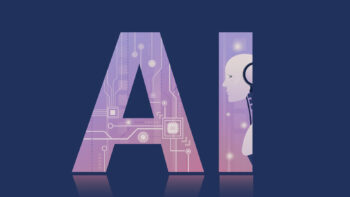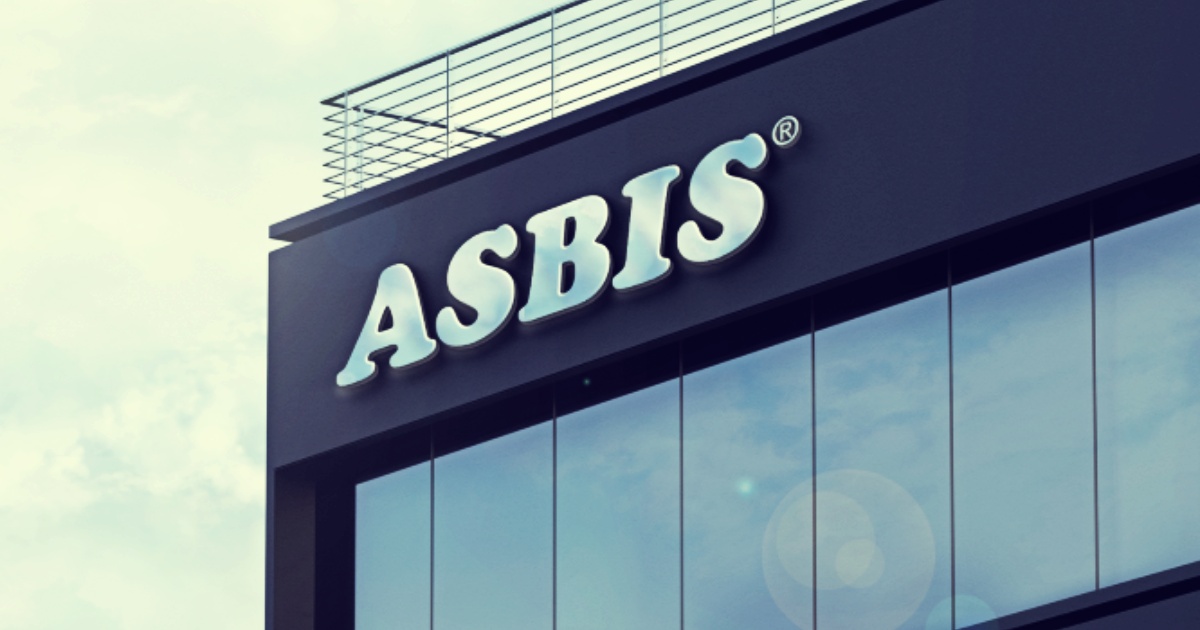For years, the technology industry has focused on the battle for talent, assuming that attracting the right professionals is the key to innovation and growth. However, beneath the surface of this rivalry there is another bottleneck that is more difficult to diagnose.
It is not a shortage of manpower, but the declining mental and cognitive resilience of teams already in place that is becoming the silent brake on growth. Cognitive exhaustion ceases to be a problem for HR departments and becomes a strategic challenge for the whole business.
Invisible overload
In the IT industry, where speed, focus and the constant solving of complex problems are the cornerstones of operations, the effects of mental overload are particularly acute. When cognitive fatigue rises, projects slow down, creativity fades and the whole organisation loses momentum. This is not a matter of lack of motivation, but a fundamental depletion of mental resources.
Cognitive performance, understood as the ability to think clearly, be emotionally stable, make sound decisions and prioritise tasks, is being transformed from a ‘soft’ ability into a hard, measurable resource.
In environments where developers, analysts or product managers must constantly juggle tasks, the ability to manage one’s own attention is crucial to maintaining productivity.
The problem is that, unlike physical fatigue, cognitive exhaustion is difficult to observe. Many employees externally function flawlessly, while internally they have been working on cognitive debt for a long time.
Instead of being proactive, they go into reactive mode, putting out fires and losing sight of strategic goals.
Research provides evidence for a physiological basis for this phenomenon. Chronic cognitive stress leads to an increase of the neurotransmitter glutamate in the lateral prefrontal cortex, which, as shown in studies using magnetic resonance spectroscopy, directly impairs cognitive function.
Other studies indicate that employees in digital work environments show measurable stress responses, such as reduced heart rate variability (HRV), which is an early sign of nervous system overload.
Sources of mental friction
The problem lies not in individual factors, but in the systemic nature of modern IT work. The erosion of cognitive productivity is due to several interrelated causes. One of the main sources is digital tool overload.
The constant stream of notifications from instant messaging, emails and system alerts forces the brain to constantly switch context. This generates a state of permanent vigilance, making it impossible to enter the state of deep focus needed to solve complex problems.
This digital chaos is compounded by the frequent lack of clear priorities. Fluctuating demands, vaguely defined goals and fuzzy responsibilities add to the psychological pressure, leaving employees living with the constant feeling that whatever they are doing, they are probably neglecting something more important.
The situation is further complicated by the isolation of remote working. While hybrid models offer flexibility, they often lead to the disappearance of informal interactions and the weakening of team bonds, undermining the sense of psychological safety that is crucial for effective collaboration.
From problem to strategy: investing in mental capital
Companies that recognise this trend are beginning to treat cognitive performance as an asset that needs to be consciously managed. Successful strategies are based on actions at several intersecting levels. The foundation is clarity-oriented leadership.
Managers play a key role in protecting the cognitive resources of their teams by being ruthless in setting priorities, creating a clear framework of expectations and modelling healthy communication habits.
In parallel, it is necessary to reduce operational friction. Every extra tool, unnecessary meeting or ill-defined process is a cognitive cost for the team. Companies can reduce it by optimising their technology stack and introducing strict rules on meeting efficiency.
Complementing these structural changes is the introduction of recovery rituals, which create space in the organisational culture for mindful breaks. These can be structured ‘focus blocks’ without notifications, short reflection sessions or regular workload check-ins.
The conclusion is simple: in an age of constant change and increasing technological complexity, organisations need not only technical excellence, but above all mental stability. Companies that understand this invest not in a ‘soft’ topic, but in the backbone of their future profitability. The difference between exhaustion and creating innovation starts in the head.












